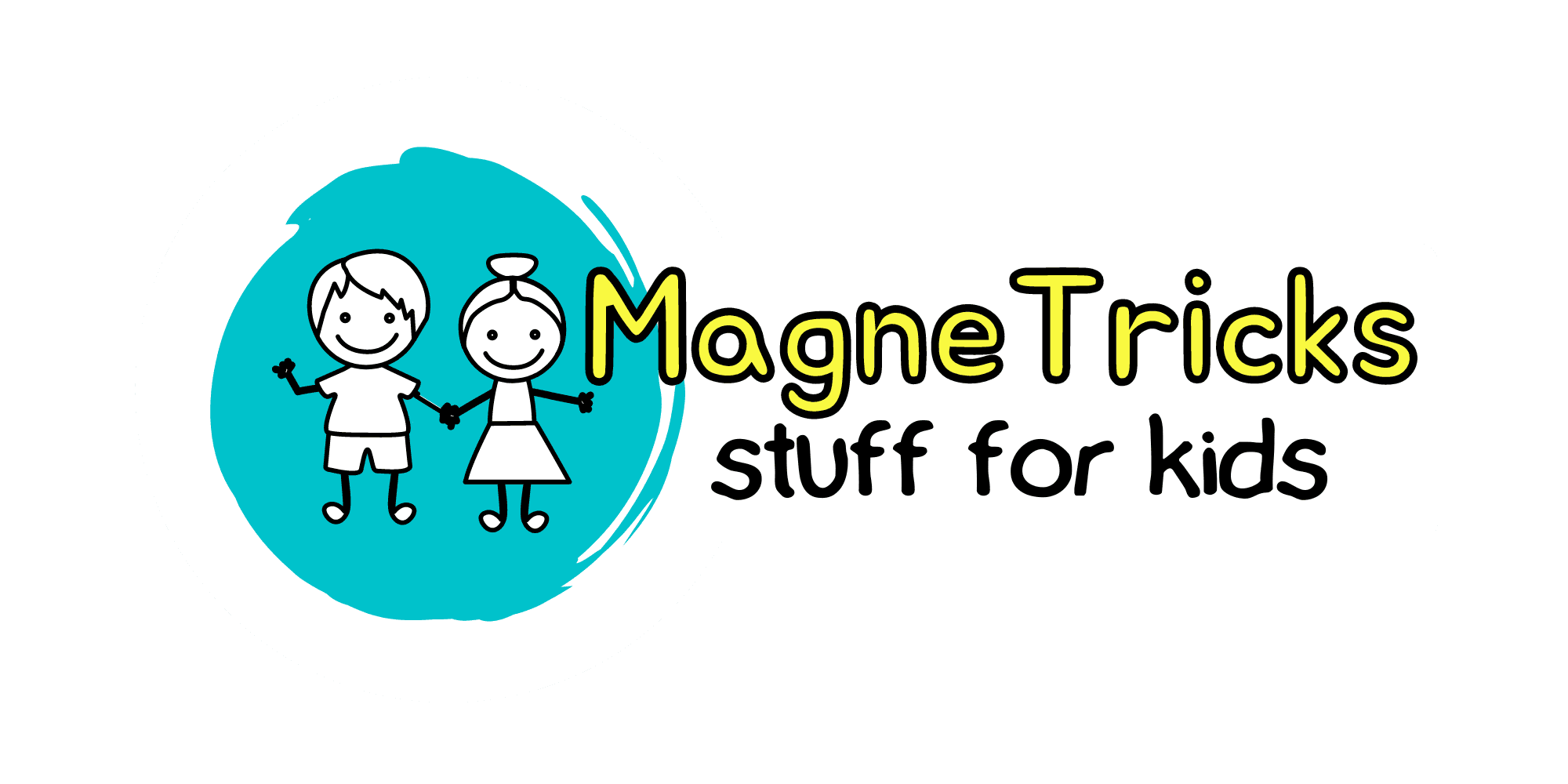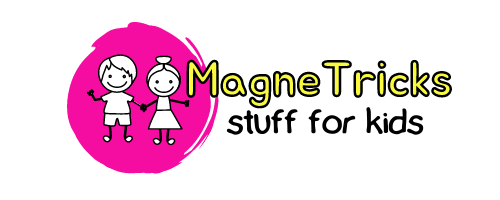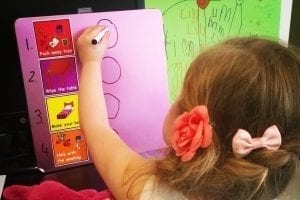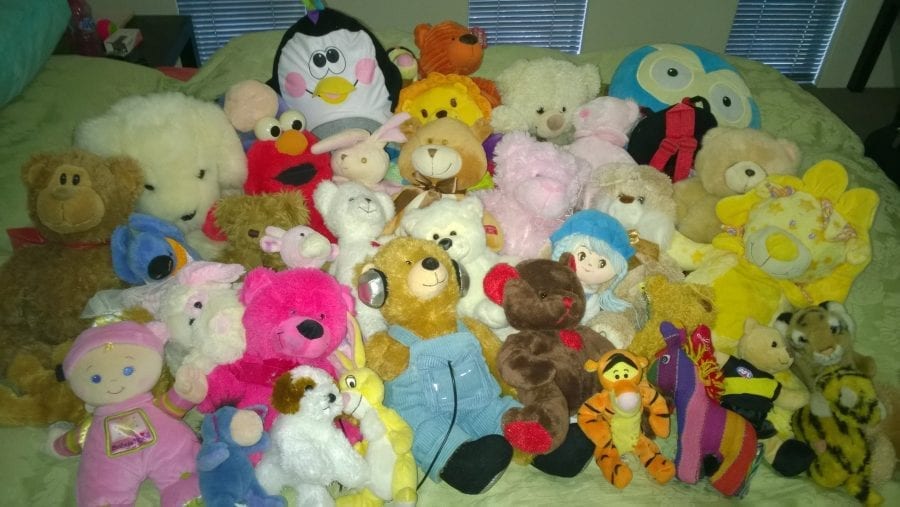The most clever number set you will see – It’s more than matching & learning numbers
What makes a clever number set? An educational resource should be made with more than one intended use. As someone who has been both a teacher and a mother, getting value for money in a product meant being able to use it for a number of things or in a number of ways. This is how I designed the magnetic matching set – Numbers 13-24. It’s a very clever number set.
Basic concepts
Number recognition
Learning to identify the numbers is a difficult task. It takes practice and some level of scaffold to help children identify the written symbol with the number. That’s why these magnets have a colour associated with each number… it provides children with a basic level of scaffold so they can actually learn the written numbers.
Counting
Counting the teens and beyond is also difficult. The teens break a phonetic pattern in the way we say the numbers, and after the teens there is a pattern that repeats. It takes practice for children to count beyond 10 with accuracy and fluency.
One to one correspondence
It’s quite common for children to count and either miss objects or count some twice. This is especially the case with larger groups of numbers. The more practice children get, the better they get at accurately counting a group of objects. Hold on, there’s still more you can do with our clever number set!
Some other concepts
Subitising
This is when children can identify how many objects there are without actually counting them. This is an important skill, but there are also complexities to this that should be explored. The regular ‘dice’ configuration for 5 can be quick and easy for children to identify if they see it often enough. If 5 is presented in a different array (say three above and two below), can the child still quickly identify how many there are without counting the items? This is why the number of objects on my magnets are displayed in a variety of ways – to ensure they’re developing a comprehensive understanding of numbers.
Adding on
Adding on is when you start from a number other than one and continue counting. For example, counting on from 5 would be 6, 7, 8, 9 instead of starting again at one and counting the initial 5 again. Once again, this is an important skill to have and can work hand in hand with subitising. If a child knows that there are 4 objects in one group, they don’t have to re-count them to work out the total. This is another reason why the 13-24 number matching set consists of 3 picture magnets for each number.
A little more complex
Grouping, addition, multiplication, subtraction
Using the number matching 13-24 set, you can also explore how numbers can be grouped to make bigger numbers, added together to make bigger numbers, multiplied to make a bigger number or even subtracted from a total to get smaller numbers. The picture magnets for 21 are all presented the same way to help make clear that three groups of the same number make up 21. This can help facilitate a progression from addition and grouping to multiplication. See? I told you it was a clever number set.
So, there you have it!
If you’re a teacher, a teacher in training or a parent wanting to know a little bit more about how your children learn in order to help them from home, I’m hoping there is some information in this blog to help you understand something new or understand how a resource can be designed to have more than one purpose. Good luck educating and loving the children of the world, and thank you for all that you do.
Michelle





